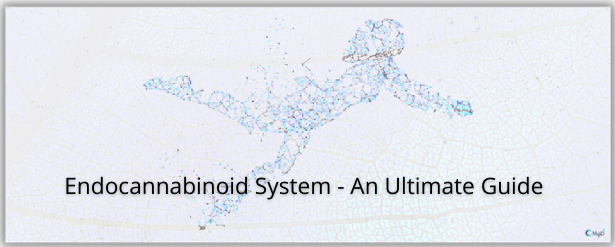Cannabidivarin (CBDV): Everything You Need to Know
Exploring the cannabis market in depth
will tell you the plant isn’t limited to THC and CBD, and neither is the
research. Several times we read two out of hundreds of cannabinoids have
acquired all the attention which indeed is true but just partially. These two
cannabinoids are called primary as they are available in higher concentration
and hence are easily accessible for research. But limited but reliable studies
stating the benefits and effects of secondary cannabinoids are readily
available now and if you hold a medical marijuana card
in California we highly recommend you to explore other cannabinoids as well.
Out of the secondary cannabinoids that
have been studied and explored by the researchers, cannabidivarin was
discovered ages ago and has been extremely famous for its potential to cure
seizures. However, not many cannabis enthusiasts are aware about the intricacies
of the cannabinoid and we would like to address them. In this article, we are
going to share what we know and what you need to know about CBDV.
What Is Cannabidivarin?
Cannabidivarin, like any other
secondary cannabinoid present in the cannabis plant, is found in low
concentrations. Also known as cannabidivarol and CBDV, the cannabinoid presents
several similarities when compared to the cannabidiol (CBD) but also has
significant differences. Cannabidovarin is a non-intoxicating cannabinoid
famous for its anticonvulsant, antiepileptic, and anti nausea properties. Even
though CBD and THC have been ruling the market as primary cannabinoids, the
existence of CBDV has been known for decades. However, the research conducted
on the cannabinoid is limited as it is not available in abundance.
How Does
Cannabidivarin Work?
Just like CBD, cannabidivarin doesn’t
bind with CB1 and CB2 receptors. Instead, it indirectly influences the
endocannabinoid system. This is one of the reasons why it does not offer
intoxicating effects. Studies have found that CBDV may be acting on the capsaicin receptors that are usually represented as TRPV2
and TRPA1 and are responsible for the body’s ability to feel pain and change in
temperature. This is why it has the potential to treat epilepsy symptoms, other
seizures, and convulsions.
Possible Benefits of Cannabidivarin
The anticonvulsant
properties of CBDV have proven to be very effective in reduction of
seizures. It is a great treatment that one can rely on, if they are suffering
from epilepsy and seizures in general.
It has the potential to address autism
and its symptoms epilepsy and autism spectrum disorder usually happen
simultaneously and researchers have found CBDV a reliable treatment that has
the potential to reduce and even prevent the core symptoms of teh
disorders.
CBDV also has the potential to treat a
very rare genetic disorder that majorly affects women. While the studies
suggested that the cannabinoid can improve neurobehavioral impairments,
researchers decided to experiment with different cannabinoids for this rare
condition called Rett Syndrome. CBDV treated the
condition and showed noticeable improvement in the health condition of mice
during an animal study.
The cannabinoid also has anti nausea
properties and hence is seen as a treatment for nausea and basically any health
condition that has nausea as one of the core symptoms.
Difference Between
CBD and CBDV
CBD and CBDV may not be as different as
THC and THCV which were completely opposite to each other. But there are still
notable differences that can neither be ignored nor avoided. They have a
different chemical structure, and their effects can be slightly different as
well. But because of the identical structure and similarities in both the cannabinoids,
the targeted areas are usually the same. However, it is believed that both the
cannabinoids working together may provide stronger effects as compared to
either cannabinoid working in isolation.
Final Words
Cannabis plant’ is a very vast area that is still undergoing research. The cannabinoids, more or less known, have very identical yet different effects on the human body and mind. Which suggests that even if two cannabinoids are very similar, almost identical, they shall have some unique property that will either directly treat a condition or enhance the effects of other cannabinoids.





Comments
Post a Comment